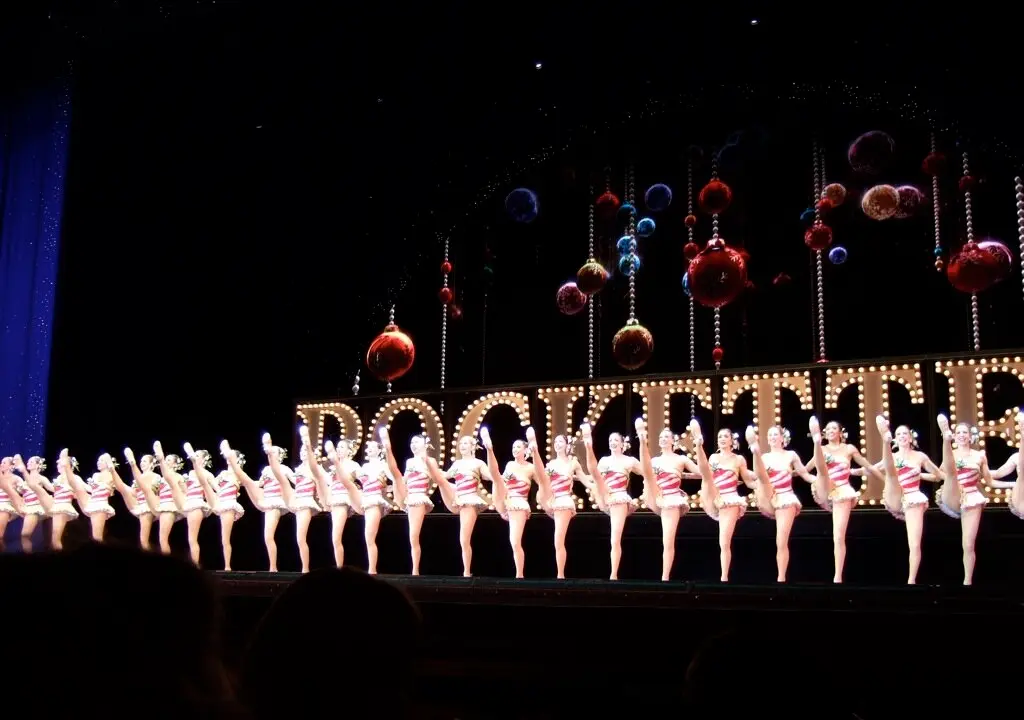Two days before Christmas Day 1776, a young 25-year-old soldier stood before the Committee of Safety in the military encampment of Fishkill, New York. The committee of four―Leonard Gansevoort and Zephaniah Platt, both lawyers turned revolutionaries; Nathanael Sackett, George Washington’s chosen spymaster; and John Jay, head of America’s first counterintelligence agency, the Committee for Detecting and Defeating Conspiracies―examined the young man and listened to his story. They quickly discovered he was just the type of man they needed. His name: Crosby. Enoch Crosby (1750–1835).

Enoch Crosby, 1830, by William Jewett. National Portrait Gallery. Public Domain






